I am the very model of a modern email newsletter
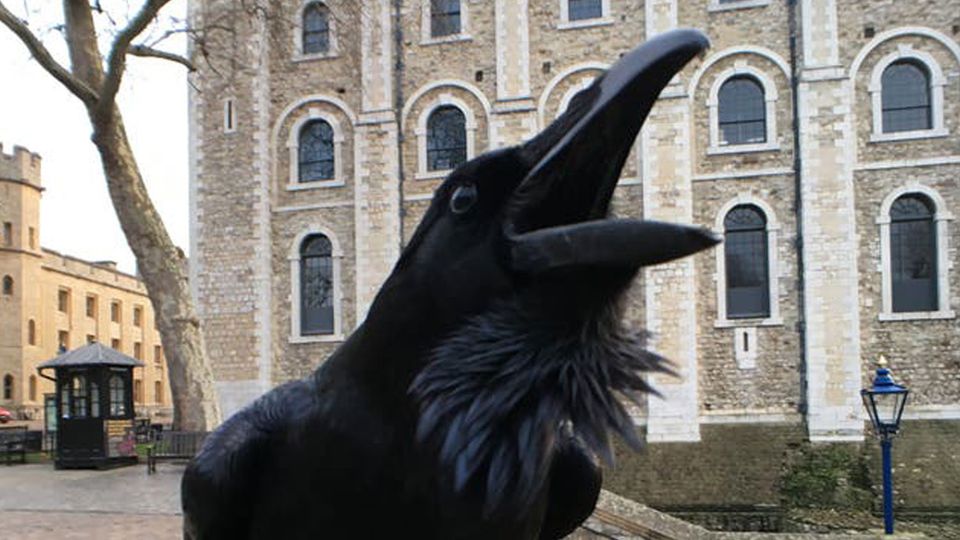
You know what? Good for her:

I’ve been fascinated in the last year or so by stories of cryptids and particularly globsters, which is what we call dead things that wash up on beaches that we don’t know what they are (spoiler: they are almost always whales), because it’s a sign that there’s so much in this world that we just don’t know about, and frankly animals are weird enough that sometimes it seems pretty plausible that something mysterious lives in the ocean or forest that we’ve just never seen before.

There’s also a substory of how we also just don’t know what to do with globsters and beached whales, which is why this 16mm (newly restored!) film of dynamiting a dead sperm whale in 1970 is incredible. It goes wrong because of course it does, and this lovely newscast suddenly gets overwhelmed by chunks of whale blubber dropping from the sky (and shattering one car). A similar result from the Kentucky meat shower, though they’re still not sure what caused that (vultures is the prevailing theory, also one guy ate the meat which is just… that’s the 19th century for ya).
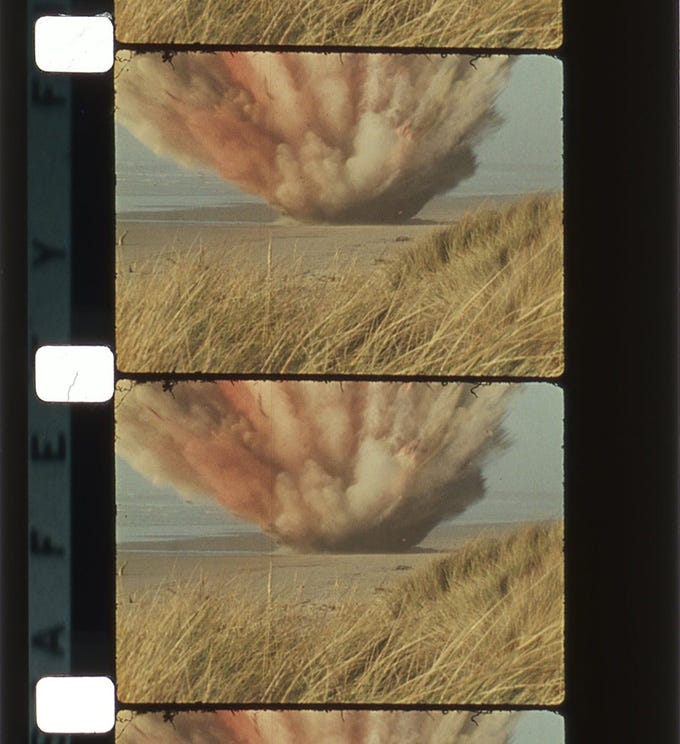
But here’s the thing. We only just found out that playpuses glow under blacklight—and that scientists don’t know why—and two weeks ago, scientists announced that desert geckos glow green in the moonlight (also not sure why, potentially socialization), and in 2018 we found out that chameleon’s bones glow.
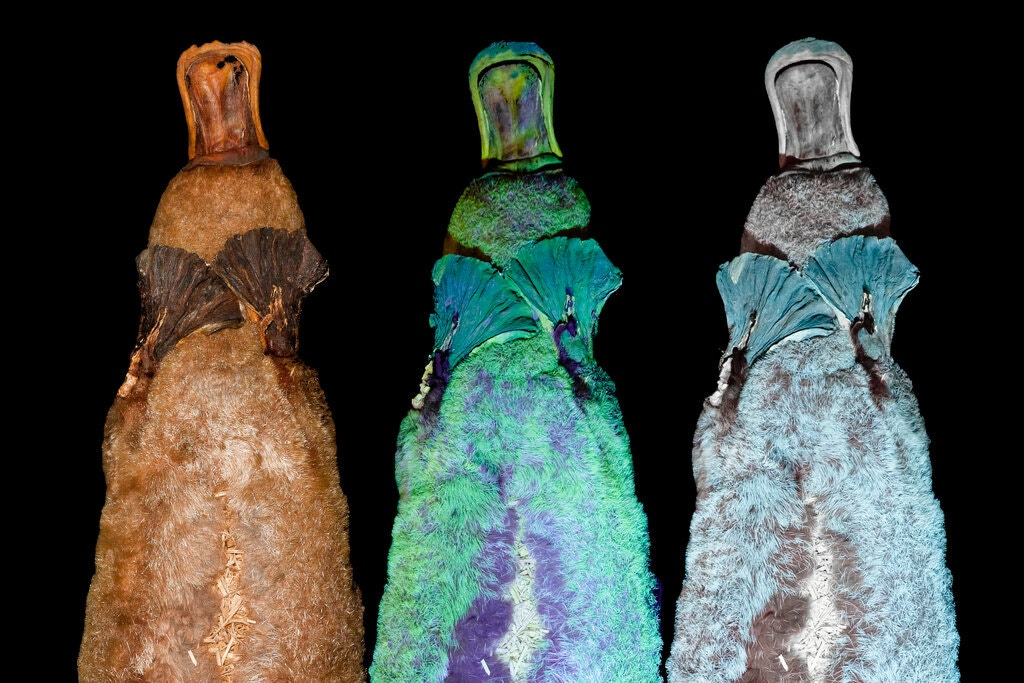
This month, someone shared that water quality in Warsaw, Poland is measured by a series of clams who have “triggers attached to their shells” and “…if the water gets too toxic, they close, and the triggers shut off the city’s water supply automatically.” It is one more fascinating thing about mollusks, who in the case of Eastern oysters, scientists in the field of paleobiology are using to determine valuable information about climate change and how our world has changed. There’s a ton of information that can be gleaned from their shells, including:
He picks out an impossibly small snail shell, not much larger than a hangnail. “Boonea impressa,” he declares: an oyster parasite.…Boonea lives in a narrower range of salinities than the eastern oyster, so the ancient sample provides further evidence for how salty the water was all those years ago at the spot in South Carolina where this particular batch of shells is from.
Oyster population has decreased 85% in the last 150 years, according to the piece, which is wild to think of, compared to the 18th century, when oyster shells were so plentiful they were used for lime for morter and street coverage (the Reseach department at Colonial Williamsburg has done a great look into oyster shells they’ve found in archaeological digs) and in the mid 19th century, New Yorkers ate roughly a million a day.

Also, sorry I’m not over molluks, I learned recently that pearls can form within Queen conches—even though they’re not technically pearls, as they’re not made of nacre—and they are incredibly, incredibly rare (one in every 10-15k shells!)
Oysters, of course, aren’t the only thing that have long records of what life was like for centuries. The New Yorker takes a deep dive into the Ancient Bristlecone Pine Forest, where the oldest trees date to 2500 BCE—soon after the pyramids at Giza were built.
A few [volcanic eruptions] are so severe that they show up in every tree,” Salzer said. “2036 B.C., 43 B.C., 627 A.D.” He went on, “2036 B.C. is maybe my favorite. It’s also my bane, because there is hardly any wood left that has intact rings on either side of that date. The wood fractures, and erosion sets in.”
That news about the 43 BCE eruption was discovered in the last year and they suspect it was the same size as the 1815 eruption of Tambora and maybe contributed to the fall of Rome.
What I hadn’t realized until this piece is that the trees can do things like recalibrate how we think of radiocarbon dating—a process that was originally based on the idea that the amount of radiocarbon in the atmosphere has remained the same, but when those timelines are compared to bristlecone tree rings, we realized that the levels had been considerably higher in the past!
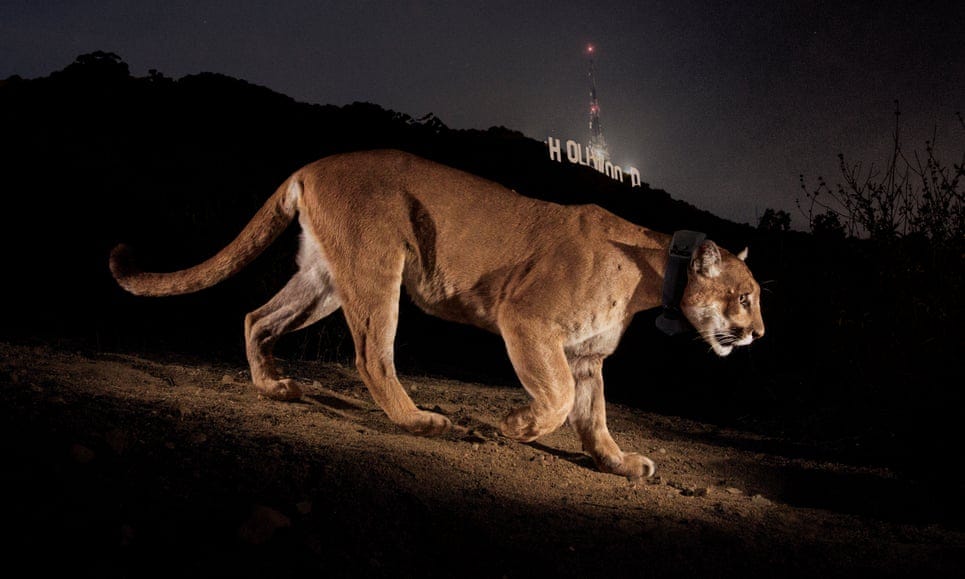
So how are animals doing now that they live alongside humans? Well, orcas are ramming sailing boats near Spain and no one knows why (“cetaceans rammed the hull for over an hour, spinning the boat 180 degrees, disabling the engine and breaking the rudder, as they communicated with loud whistling”), mountain lions like P-22 are hemmed in by freeways so their “genetic diversity is collapsing,” and coyotes have shifted to three different genetic types: hyper-urban, urban, and rural. The Bitter Southerner took a deep dive into Carolina Dogs—which are currently believed to be “the only American dog breed with no European ancestry,” potentially having come over the Bering land bridge, while Outside looked into python hunters in the Everglades (where they are an invasive species), and a “plague of peacocks” (peafowl, technically) is taking over New Zealand (“Farmers have tried to manage growing numbers by shooting the birds, but the task is difficult as the birds are clever”) due to a lack of predators. Don’t worry, the rats in NYC are OK, despite the pandemic, and France has passed a “sensory heritage” law protecting sounds of the countryside, in particular that of Maurice the rooster, who was being sued by (non-French) neighbors. Maurice has since died, but what a legacy!
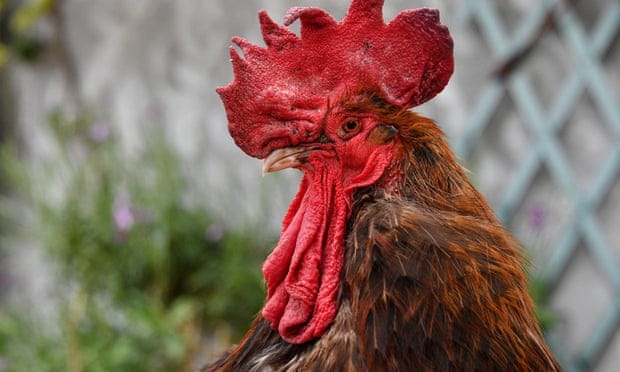
Let’s round this out with a look at paleoburrows in South America—the evidence of giant sloths, complete with claw marks in the walls! Which of course leads right into a very good question: Why Is the Star Wars Universe Full of Megafauna? (I want an even longer piece on this please!)
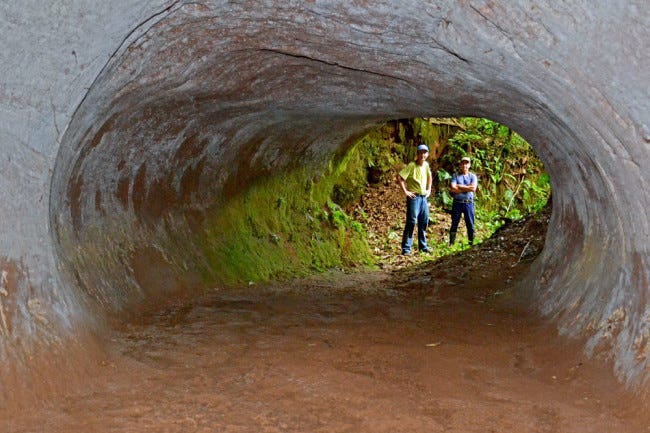
Finally, one of the all-time great NYT headlines:

The raven, named Merlina (!) did disappear, and they fear she’s passed, but they always have a few spares (current full list: Erin, Rocky, Harris, Gripp, Poppy, Georgina, Jubilee), so the Tower literally tweeted “the kingdom is still safe,” which is wild. The Ravenmaster, who is a great follow on social media, was particularly bonded with Marina (turns out their wings are not clipped, by the way!) and anyway this breaks my heart: “I was hoping that she would stay in and around the precincts of the Tower, because she wanted to stay there, because she was my partner. And I think I did a good job on that, because she did, for so long.” You can read the full interview with him here (it’s very long, but the paywall makes it seem short, fyi) and his post about Marina is very sweet: “farewell my friend… you will be forever with me.”

Might we all be so lucky to have a bond with anyone, person or animal, honestly. That’s it for this one, plenty of weird animal stories to come I suspect!
